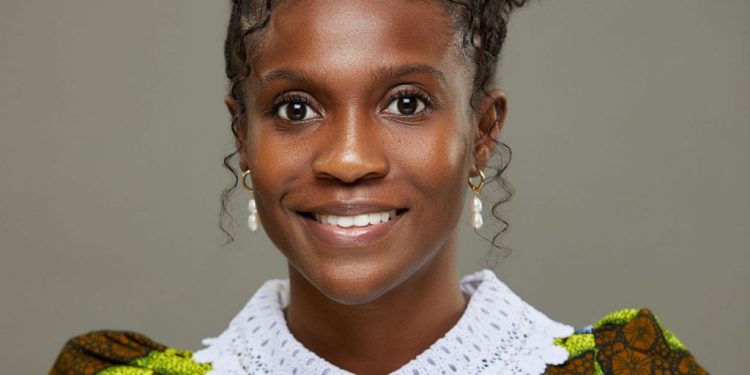Unmasking the Silent Killer: Cervical Cancer in Africa
As I walked through the bustling airport, the air was thick with a pungent smell that seemed to linger, leaving an indelible mark on my senses. My colleague remarked how unpleasant the smell was and wondered why an international airport would smell so bad. The odour was familiar to me, though.
It brought back memories of when I was a young doctor on the gynaecology wards and even a recent memory from two weeks earlier when I walked around the radiation oncology unit at my hospital. I wondered who she was and where she came from.
I pondered how she had sat on the aircraft for hours, knowing how offensive the smell was and how she felt being the object of unsolicited attention. It was a smell that, in its peculiarity, spoke volumes about a silent menace that has been quietly plaguing the African continent – cervical cancer.
Cervical cancer is the fourth most common cancer in women globally and the second most common cancer on the African continent, accounting for 12% of all cancers. In Africa, 34 out of every 100,000 women are diagnosed with cervical cancer, and 23 out of every 100,000 women die from cervical cancer every year. This is a stark difference in comparison to North America, where 7 out of every 100,000 women are diagnosed with cervical cancer, and 3 out of every 100,000 women die of the disease every year.
Cervical cancer is a disease that affects the cervix (opening of the uterus) and is caused mainly by the Human Papillomavirus (HPV). It is preventable and curable in its early stages but can have devastating consequences when missed. In later stages, it causes uncontrolled vaginal bleeding and severe pain, which reduces quality of life. Its pungent smell follows its victim like the shadow of death, and it can be perceived from miles away.
As early as 1920, Dr. Georgios Nikolaou Papanicolaou revolutionised cervical cancer detection globally when he discovered cells that could be scrapped from the cervix and viewed microscopically. The PAP smear was named after him, Papanicolaou. This screening method involves collecting cells from the cervix and examining them under a microscope for abnormalities.
Over the years, technological advancements have paved the way for alternative screening methods, making it even easier to screen large populations. One such method gaining prominence is HPV testing. HPV is a common virus that can lead to cervical cancer, and testing for its presence allows for early identification of women at risk. Furthermore, the development of HPV-targeted vaccines has drastically decreased the incidence of cervical cancer in countries where vaccinations are routine.
Recently, researchers at King’s College London in the United Kingdom found that over the past ten years, the HPV vaccination program prevented around 450 cervical cancers and around 17,200 pre-cancers, reducing cervical cancer rates by 87% in women who were offered a vaccine at age 12-13 years.
Unfortunately, this cannot be said for most African countries, where access to HPV vaccines is limited and dependent on one’s financial capacity. The implementation of widespread PAP smear and HPV screening has faced numerous challenges.
Limited access to healthcare facilities, especially in rural areas, has hindered the reach of such vital screening programs. Additionally, cultural factors, stigma, and a lack of awareness contribute to a hesitancy among women to receive vaccines and undergo regular screenings. The cost of screening and even vaccination is borne by individuals who, in most instances, cannot afford these interventions.
In the journey towards eradicating cervical cancer in Africa, collaboration is critical. Governments, non-profit organizations, healthcare providers, and the community must join forces to overcome barriers and create a robust awareness program, widespread, free, and effective vaccination campaigns, comprehensive and accessible screening infrastructure, and affordable treatment plans. The expanded use of the HPV vaccines to include individuals aged 27-45 years also presents an exciting opportunity for secondary prevention. The goal is to detect cancer early and empower women with knowledge and awareness to foster a culture of proactive healthcare-seeking behaviours.
As I left the airport, the pungent smell of a preventable disease lingered in my memory. It still serves as a powerful reminder of the work that needs to be done to combat cervical cancer on the continent. The history of PAP smears has shown us the efficacy of early detection, and it is time to ensure that every woman, regardless of her geographical location or socio-economic status, can benefit from life-saving screening measures and prevention.
By: Emmanuella “Ella” Amoako
Dr. Ella Amoako is cofounder of Global Health Unfiltered and cohost of the Global Health Unfiltered Podcast. She is also the Director of Clinical Affairs at Yemaachi Biotech and an avid advocate for cancer care in Africa.



